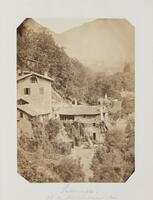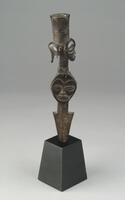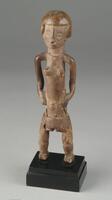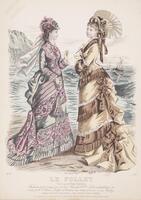25 UMMA Objects
25 UMMA Objects
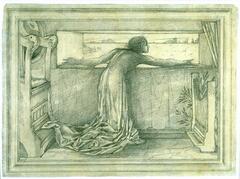
Edward Burne-Jones
Dorigen of Bretaigne Longing for the Safe Return of Her Husband
1865 – 1875
Museum Purchase
1966/2.3
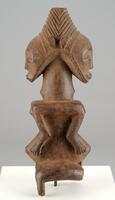
Hemba (Hemba (culture or style))
Power Figure
1865 – 1875
Gift of Candis and Helmut Stern
2005/1.226

Bourne & Sheperd;Colin Murray
View on the Tibet Road near Mattiana
1865 – 1875
Gift of Catherine Benkaim and Barbara Timmer
2017/1.556
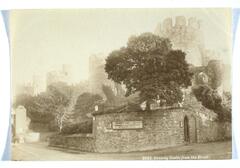
British
Conway Castle from the Street
1865 – 1875
Transfer from the Kelsey Museum of Archaeology
1980/1.186
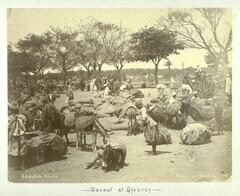
Abdullah Frères (Turkish (culture or style))
Bazar au Ghezirah
1865 – 1875
Transfer from the Kelsey Museum of Archaeology
1980/1.211
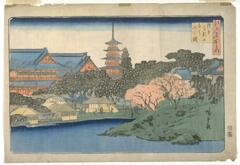
Utagawa Hiroshige III
Edo Meisho no Uchi: Bentenyama and Kinryuzan temple in Asakusa
1865 – 1875
Museum Purchase
1930.63

C. Thierry
Le Bon Ton. Journal de Modes, pl. 90
1865 – 1875
Gift of Professor Walter M. and Nesta R. Spink
2012/2.199
Loading…
